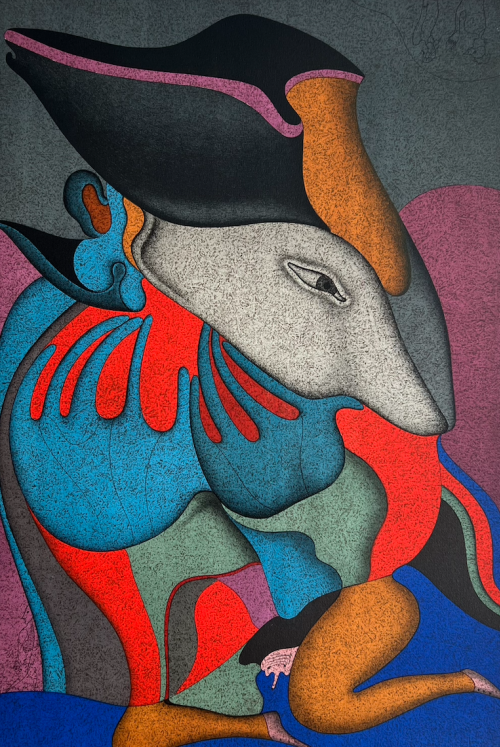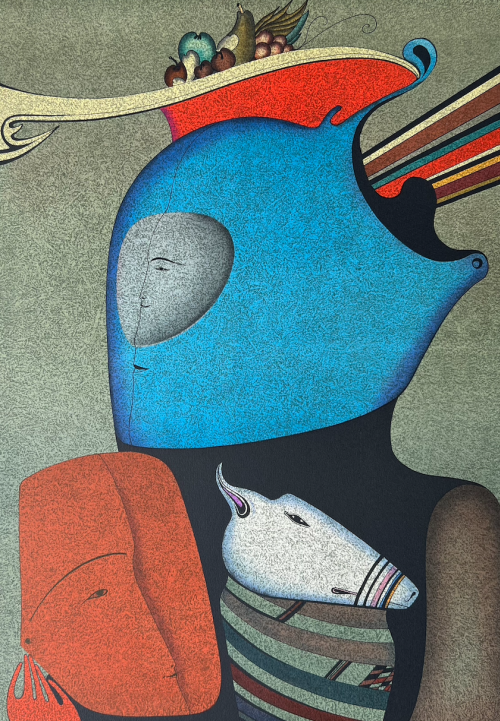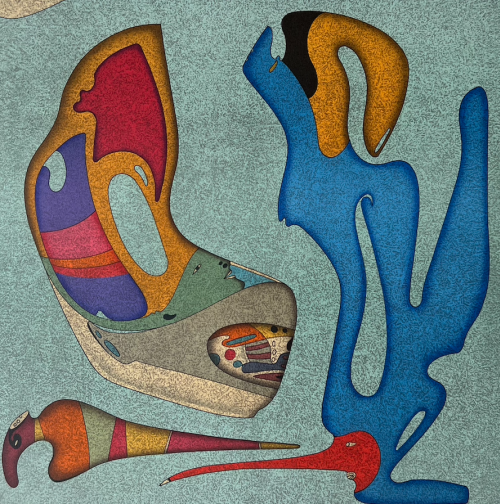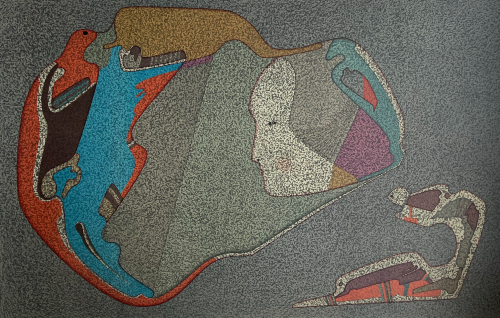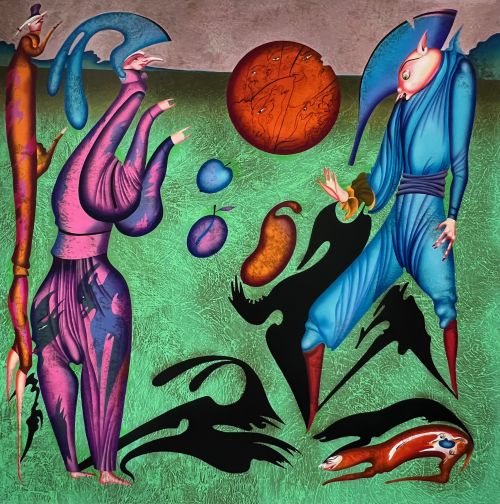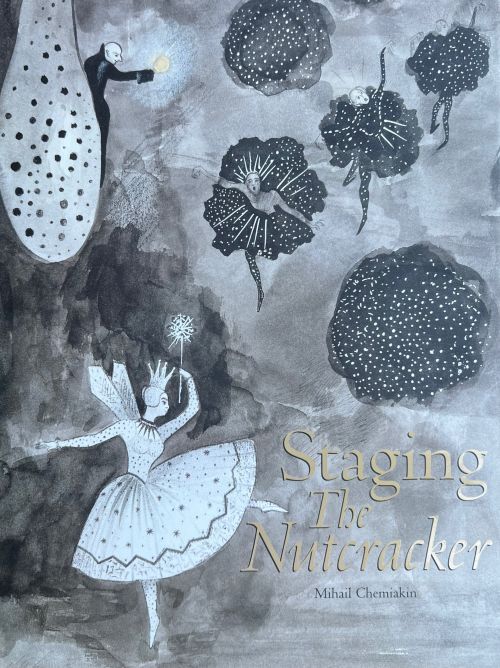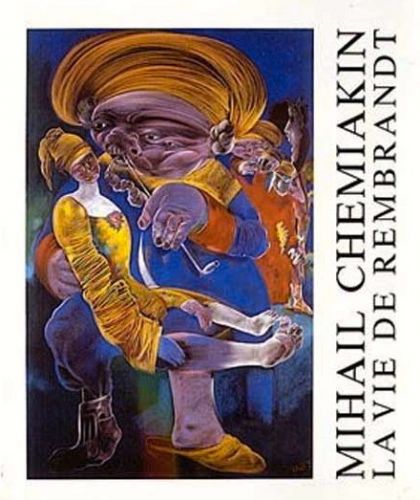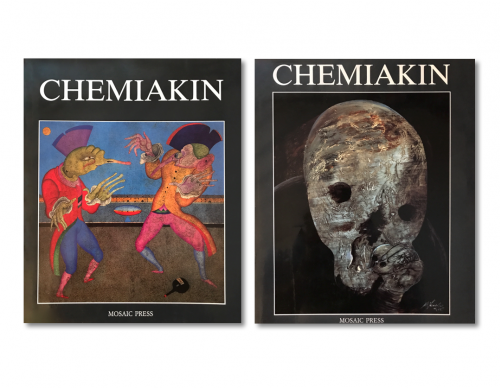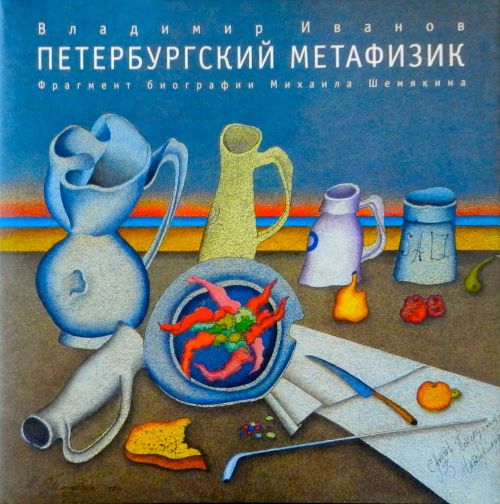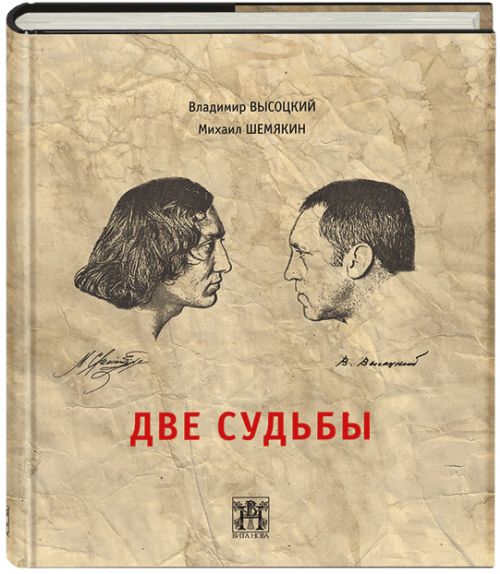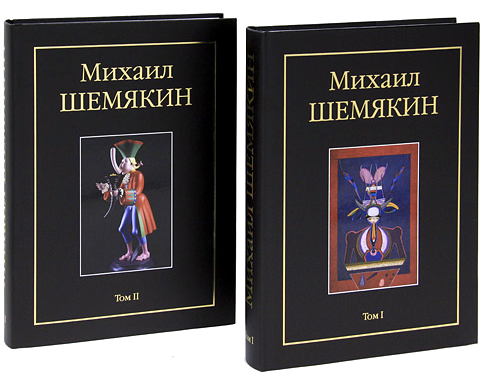About the artist:
Soviet-American artist, printmaker, sculptor, illustrator and Theater artist.
In 1957, Chemiakin was admitted to the high school for artistically gifted children affiliated with the Repin
Academy of the Arts in Leningrad. A year before graduation, he was expelled for “childish formalism”, largely
because his experience living outside of the USSR and his interest in religious and modern art, made him a
corrupting influence on his classmates.
Determined to continue his artistic education, Chemiakin applied for a position on the maintenance crew at The
State Hermitage Museum. The Hermitage’s employees were given permission to examine and copy its enormous
collection. The artist spent the next five years researching plethora of historic materials of the Hermitage’s library
and copying paintings in the museum’s collection.
His research on the history of symbols and forms of various periods of art history crystallized in principles of the
new artistic movement “Metaphysical Synthesis”, dedicated to the creation of a new icon, based on religious
forms from Africa, Oceania, Asia, Muslim and Jewish imagery as well as European and Eastern Christianity.
Failing to conform to the official artistic doctrine, in 1971 Chemiakin was forced out of the USSR by the Soviet
authorities. He settled first in Paris, then moved to New York City in 1980.
The well-known French critic Alain Bosquet says of Chemiakin: “He is one of those rarely born artists who
become a legend in their own lifetime”.
During the life in France (1971-1981) Mikhail Chemiakin gained his first fame thanks to the artworks of the series
"Le Ventre de Paris", depicting the meat carcasses. Most of artworks of this series were made in the technique of
"lithography".
Later, more than two decades (1970 - 90s) Chemiakin continued to work in the field of author's print and created
hundreds of lithographic sheets printed in the best printing atelier in Paris. Artist also worked for many years with
another large cycle - "Carnivals of St. Petersburg." Many artworks from this series he created in lithography
technique.
In 1981, Chemiakin moved to the USA, where he lived and worked until 2007. During this period, he has achieved
the great international recognition and had exhibitions in many of the world famous museums.
In 1995, Mikhail Chemiakin had the large exhibition at the Hermitage museum in St. Petersburg and for this
particular occasion 7 different volumes of the catalogue were published.
Chemiakin is a master of world-class printing. His lithographs are the popular collector's objects in Russia,
Europe, USA and Japan. He also works in other techniques of printing: seriography, etching, giclee. After 2000,
Chemiakin almost ceased to work in printing and focused on the large projects in painting, sculpture and theater.
The artist has been awarded numerous prices such as Chevalier des Arts et Lettres (France 1994) and State Prize
of the Russian Federation (Russia, 1993). He is Doctor Honoris Causa of University of San Francisco, USA
Academie Europeene des Arts, France Russian State University of the Humanities, Moscow.
In 2007, Chemiakin moved again to France, where he lives and works. He is a well-known media figure and
actively engages in social and educational activities.
Chemiakin's artworks are in the collections of the Metropolitan Museum of Art, New York, Jane Voorhees
Zimmerli Museum, Rutgers University, New Brunswick, New Jersey, The State Russian Museum, St. Petersburg
and The State Tretyakov Gallery, Moscow.


